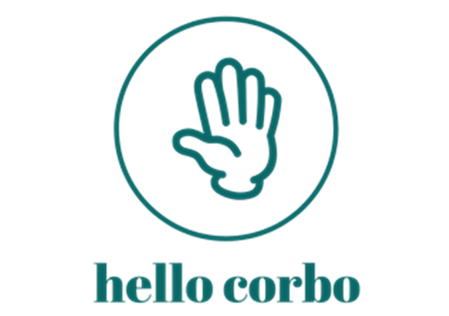If you look at the main page of my LinkedIn page, you will see that the theme is centered around Augmented Reality, and the color purple. The cover image I use is below...
The image above is not my own, but it roughly conveys the foundation to many use cases I imagined for my Mother-In-Law, Carol. She was diagnosed with Early Onset Alzheimer's, not so long ago. She passed much too soon. She loved Butterflies and Peanut M&Ms. Purple was a favored color and is also the color of the Alzheimer's movement.
After the diagnosis, I witnessed the debilitating effects it had on her, eroding her memory and ability to recall. Observing her struggles and experiencing her embarrassment, broke my heart.
Consequently, I delved into studying ways to assist her and all patients with AD/Dementia. I explored use cases where technology could be leveraged to slow the cognitive decline. These use cases are detailed elsewhere in my portfolio, and their titles start with "AD Use Case..."
Consequently, I delved into studying ways to assist her and all patients with AD/Dementia. I explored use cases where technology could be leveraged to slow the cognitive decline. These use cases are detailed elsewhere in my portfolio, and their titles start with "AD Use Case..."
One of the significant challenges with assistive devices is their conspicuousness. In envisioning the potential interactions between the patient and the device, my primary goal was to create interactions that would feel natural and not awkward for both the wearer and those they interact with. The ideal device should be as unobtrusive and undetectable as possible. This rationale guided my decision to opt for the smart eyewear format; glasses are a common accessory worn daily by people of all walks of life.
I started with practical activities proven to stimulate, like baking or gardening. Lauren Cason has put together an amazing concept piece "Augmented Baking" where AR is used to assist the baker. From overlaying the recipe on the cupboard door above the work area, to placing overlaid targets on the cookie sheet, Lauren does an amazing job of imagining the workflow. Her video is linked here.
I am eager to expand upon Lauren's concept. Augmented Reality (AR), especially within the realm of assistive devices, heralds an exciting new frontier. Lauren's concept is impressive in itself, in offering a one-way communication pathway between the device and its user. However, for use between the wearer and their audience, our aim should be to transform this interaction into a reciprocal dialogue, where the device recedes into the background. We should strive for creating interactions so seamless that both the wearer and their audience can engage, without the technology becoming obtrusive.
I envision a world where smart glasses are not just wearable technology but an extension of the wearer's senses, capable of perceiving the environment and providing assistance, guidance, or even casual conversation in real-time.
'Hey Carol, do you see that butterfly just ahead?'
The future of Design Systems extends beyond mechanical interfaces; it should establish guidelines and methodologies for an entirely new category of devices. These are devices that transcend traditional inputs like mice and keyboards. The opportunity to pioneer standards for this emerging realm of interaction is now.
